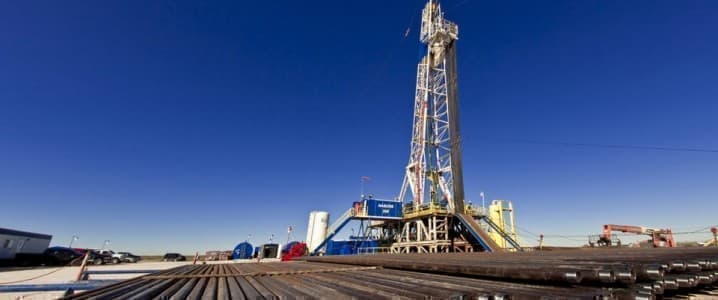As the prices of steel, cement and other raw materials climb higher and higher amid tightening supply, drillers in the U.S. shale patch are facing higher production costs, Bloomberg reports, citing Citigroup analysts.
Benchmark steel prices have gained as much as 60 percent in the year to date and a whopping 200 percent over the past 12 months, Barron’s reported last week. The rally was driven by the economic rebound in the United States, but the report noted that prices could not stay too high for too long, not if they are above the cost of production.
That may be the case with usual cycles in the commodity industry but, Barron’s noted, citing UBS analyst Andreas Bokkenhauser, this cycle is different. This time supply is limited, so prices have nowhere to go but up as long as demand is strong.
Demand for drilling materials and equipment will likely remain robust in the U.S. shale sector despite the financial discipline most players in that field have been demonstrating in response to investor pressure to prioritize returns over output.
Discipline or not, the number of active drilling rigs has risen twofold since the trough of last August. Since the start of this year, the number of drilling rigs in the U.S. has risen by 100. Last week, Baker Hughes reported a weekly decline, but the longer-term trend appears to remain upward.
The EIA’s estimate for oil production in the United States for the week ending May 28—the last available data—slipped to an average of 10.8 million barrels per day compared to the 13.1 million bpd peak production reached in February 2020, before the pandemic crushed oil demand.
Yet last week, WTI briefly breached the $70-per-barrel threshold, which might motivate more companies to boost drilling activity, even if prices are higher. Just how many companies would do that remains to be seen. The Citi analysts said they saw inflation in the sector hit 12 percent this year.
By Irina Slav for Oilprice.com
More Top Reads From Oilprice.com:
- Climate Revolt Against Big Oil May Lead To Surge In Crude Prices
- Hedge Funds Grow More Bullish On U.S. Crude Oil
- Biden Nixes $35 Billion In Fossil Fuel Tax Benefits



















No shortages of any product anywhere in the USA at the moment obviously but yes, absolutely at retail prices are high. The economics of Transportation in the USA are always great of course but at the moment very, very, very strong given the ongoing revival of rail plus quite the spectacular recovery in the US Airline Industry.